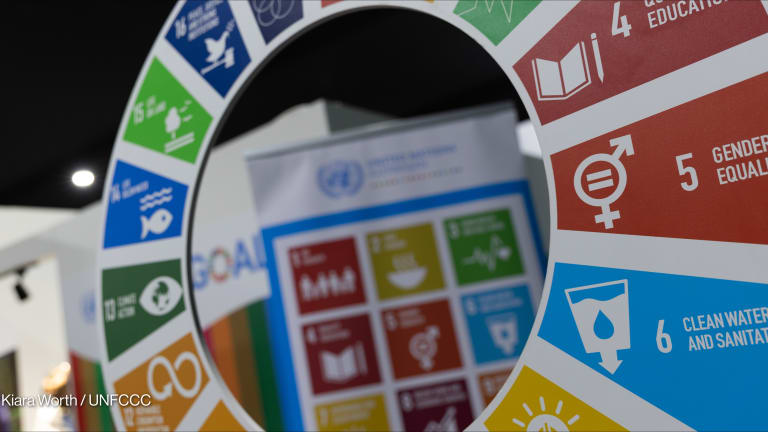A fundamental shift in the way humanitarian aid is delivered is underway. Still in its early stages, the push toward cash or digital payments in response to disasters or refugee crises could alter the landscape permanently.
While cash and vouchers currently account for about six percent of total humanitarian spending, according to a September 2015 report from the Overseas Development Institute, countries signing on to the Grand Bargain at last month’s World Humanitarian Summit pledged to increase the use and coordination of cash-based programming.
While the Grand Bargain fell short of setting specific targets, many nongovernmental organizations and others who deliver humanitarian aid are setting internal targets to deliver anywhere between 20 to 50 percent of the assistance they provide through cash-based payments.








